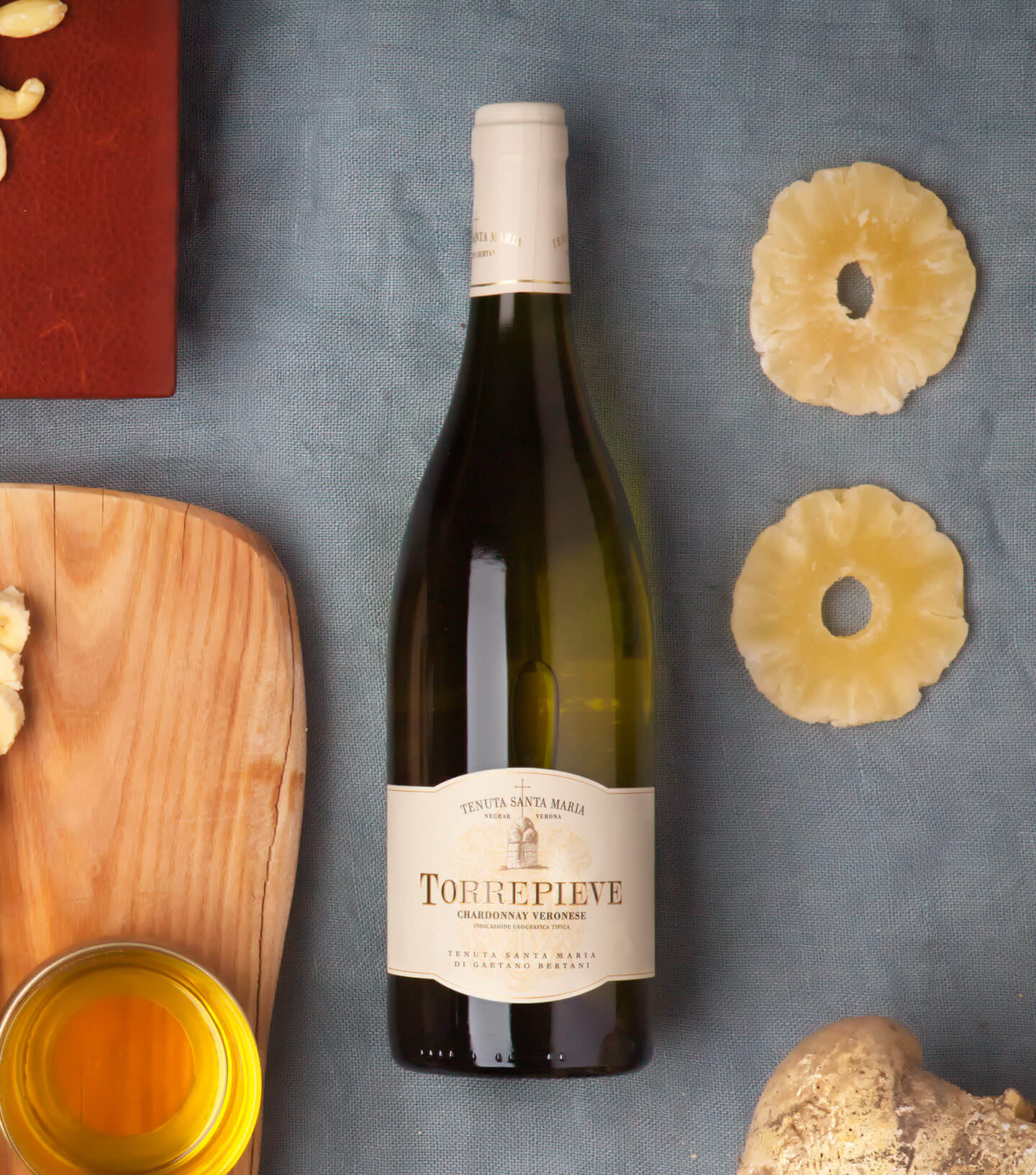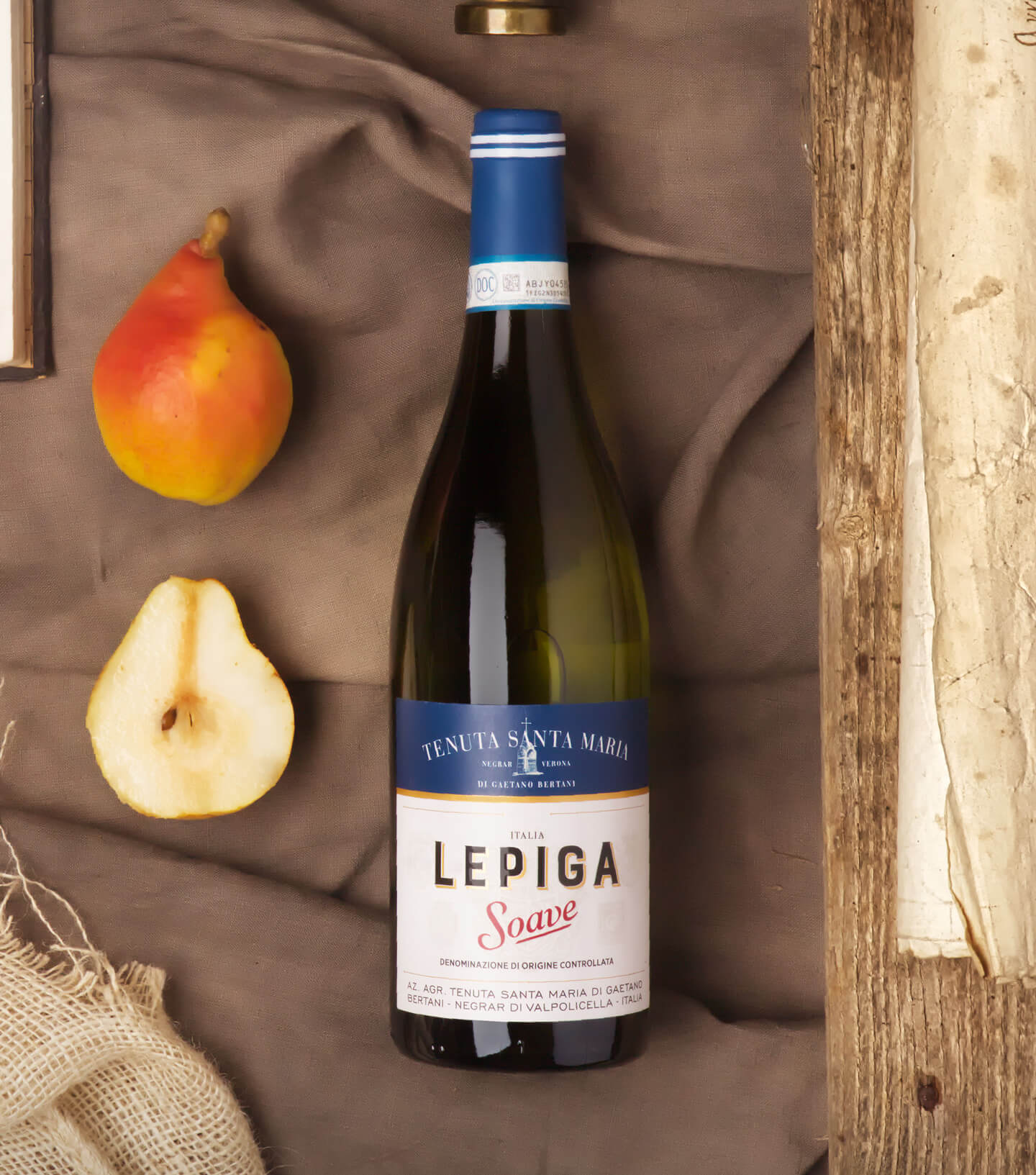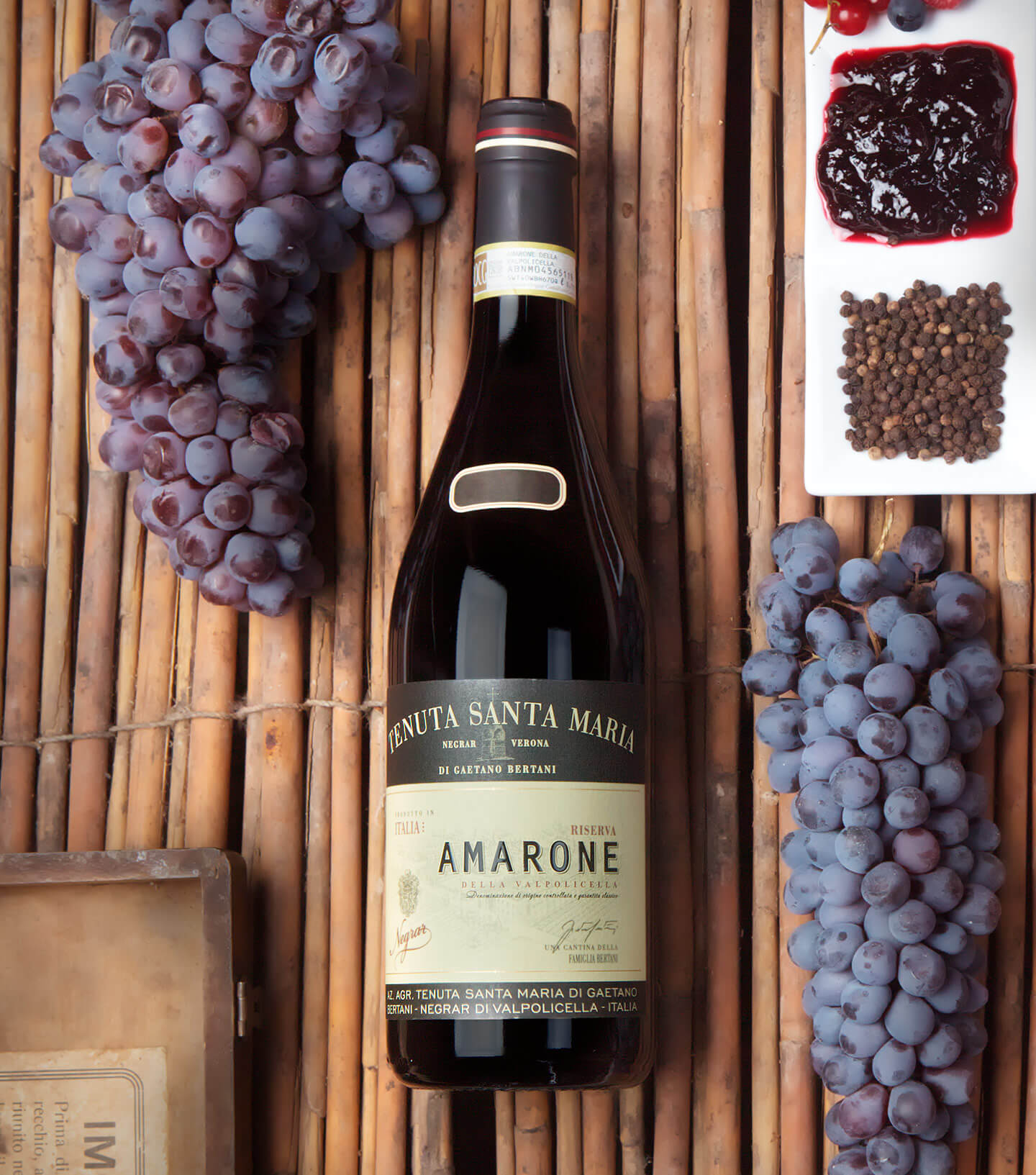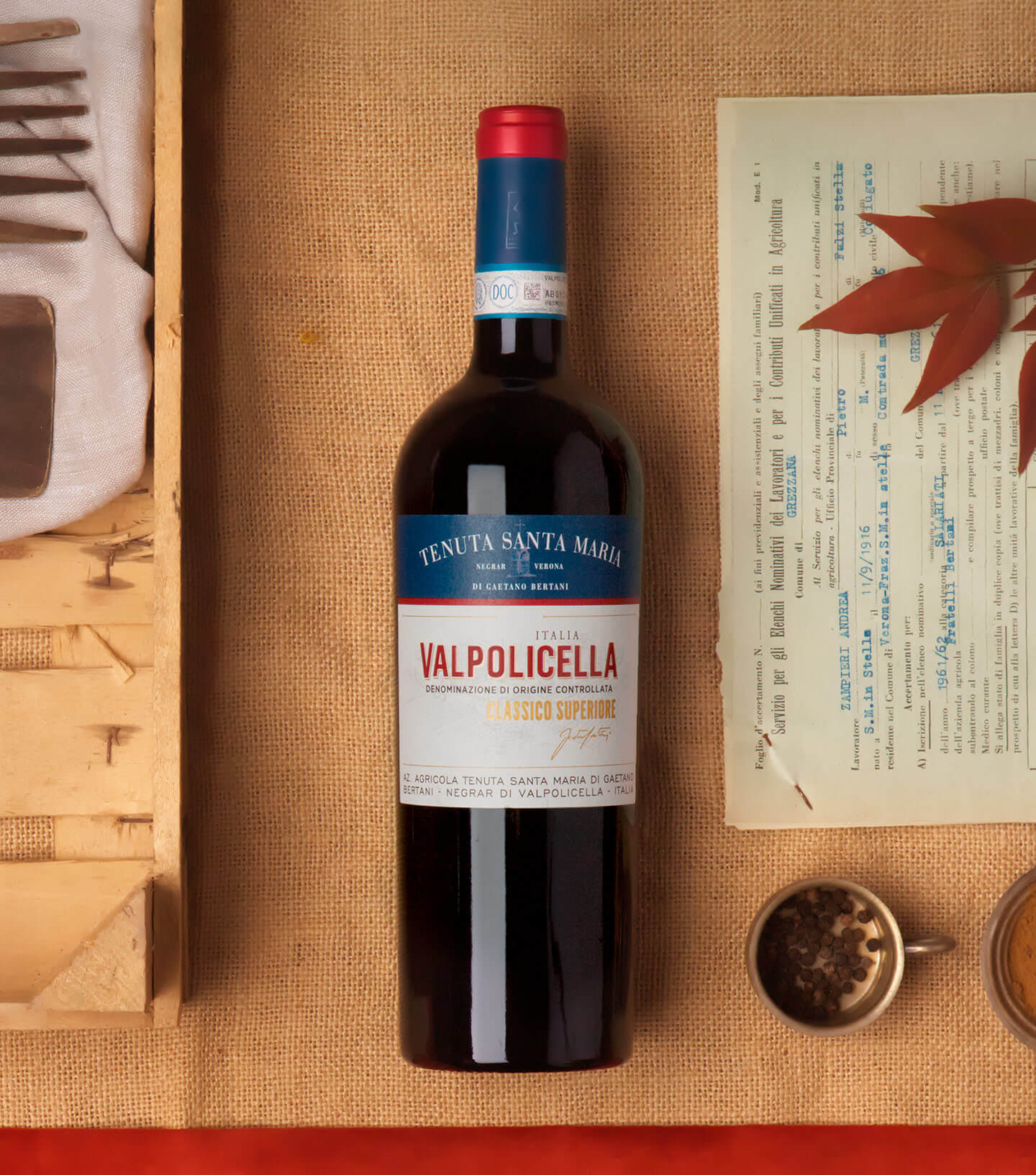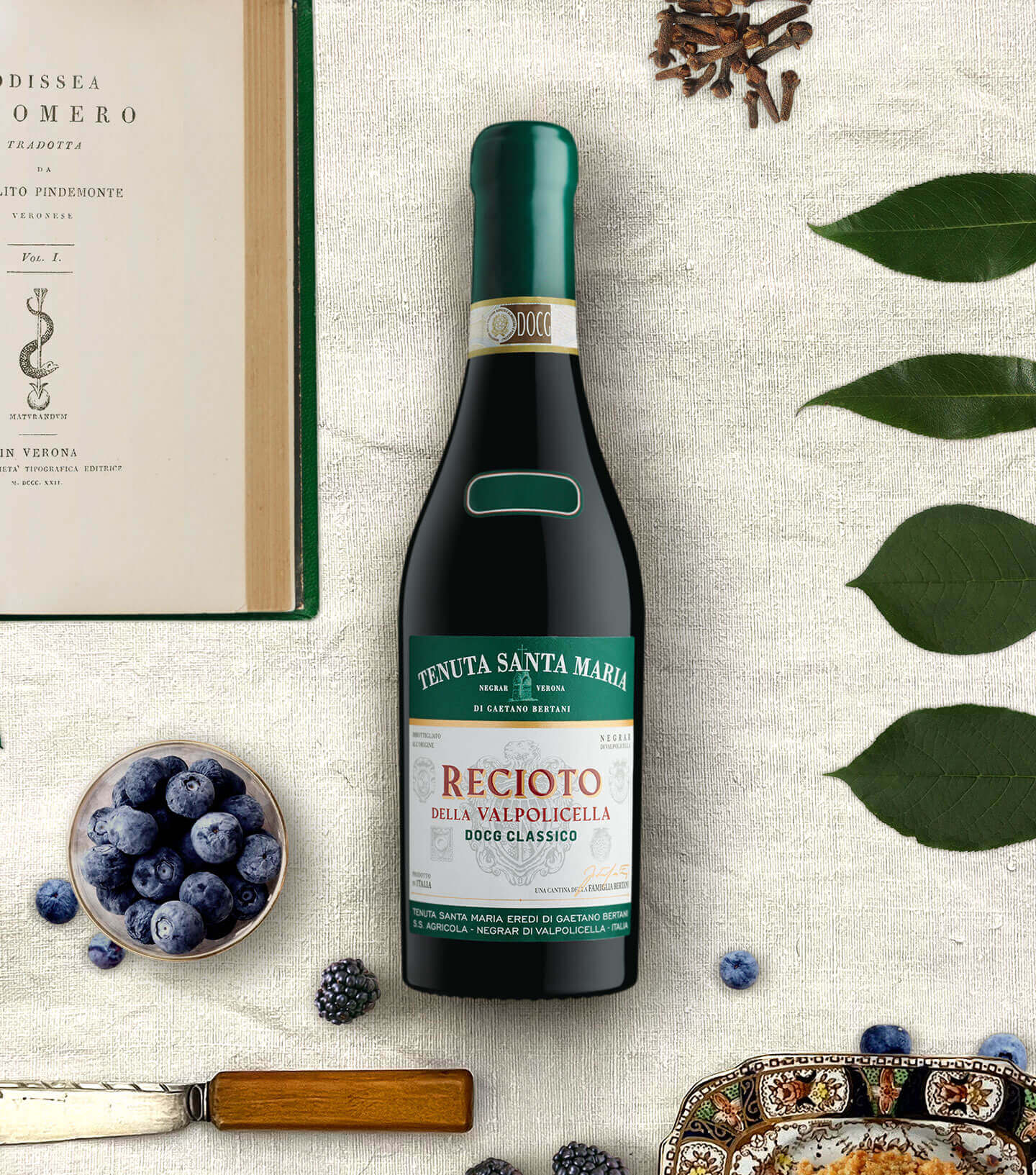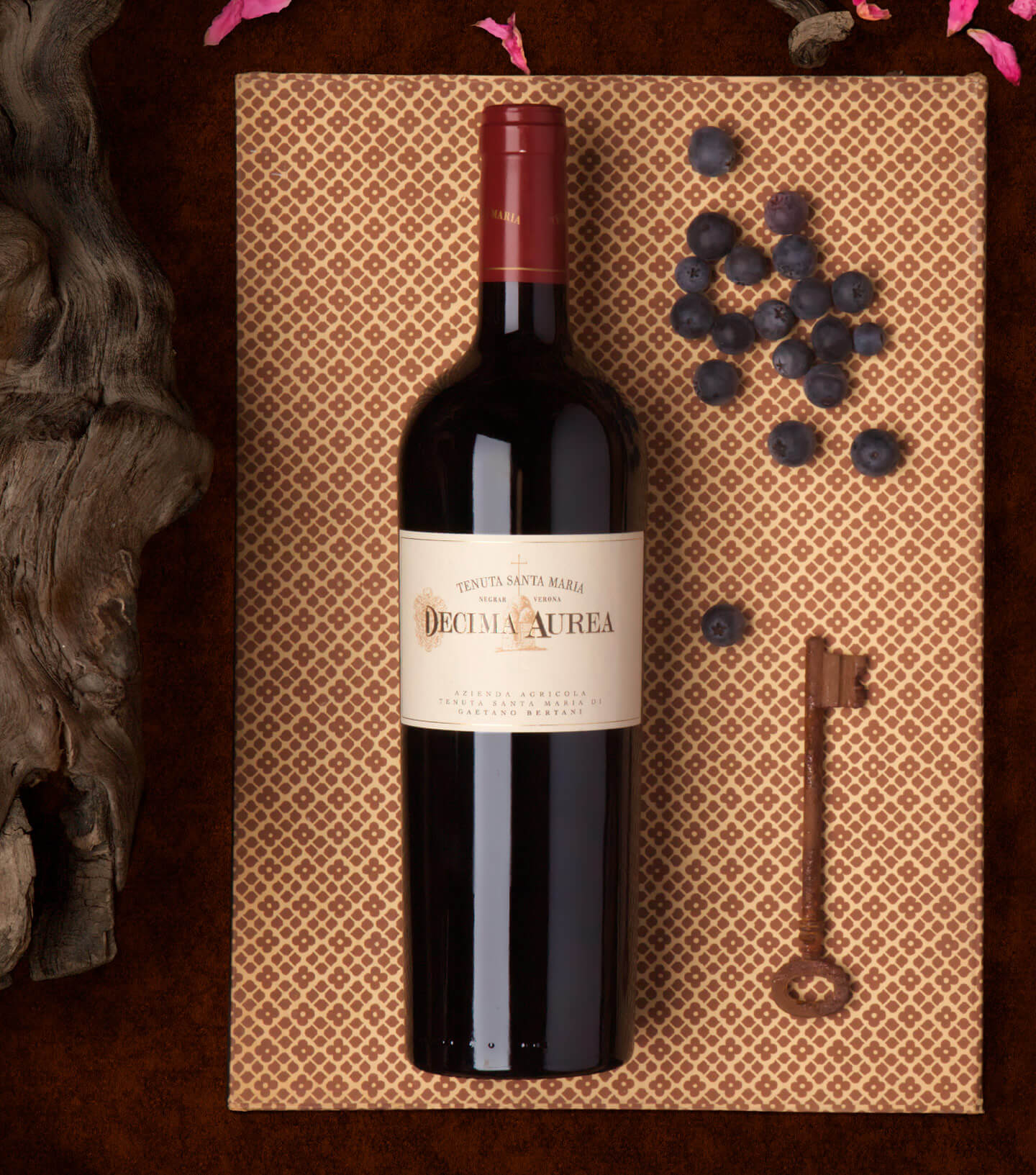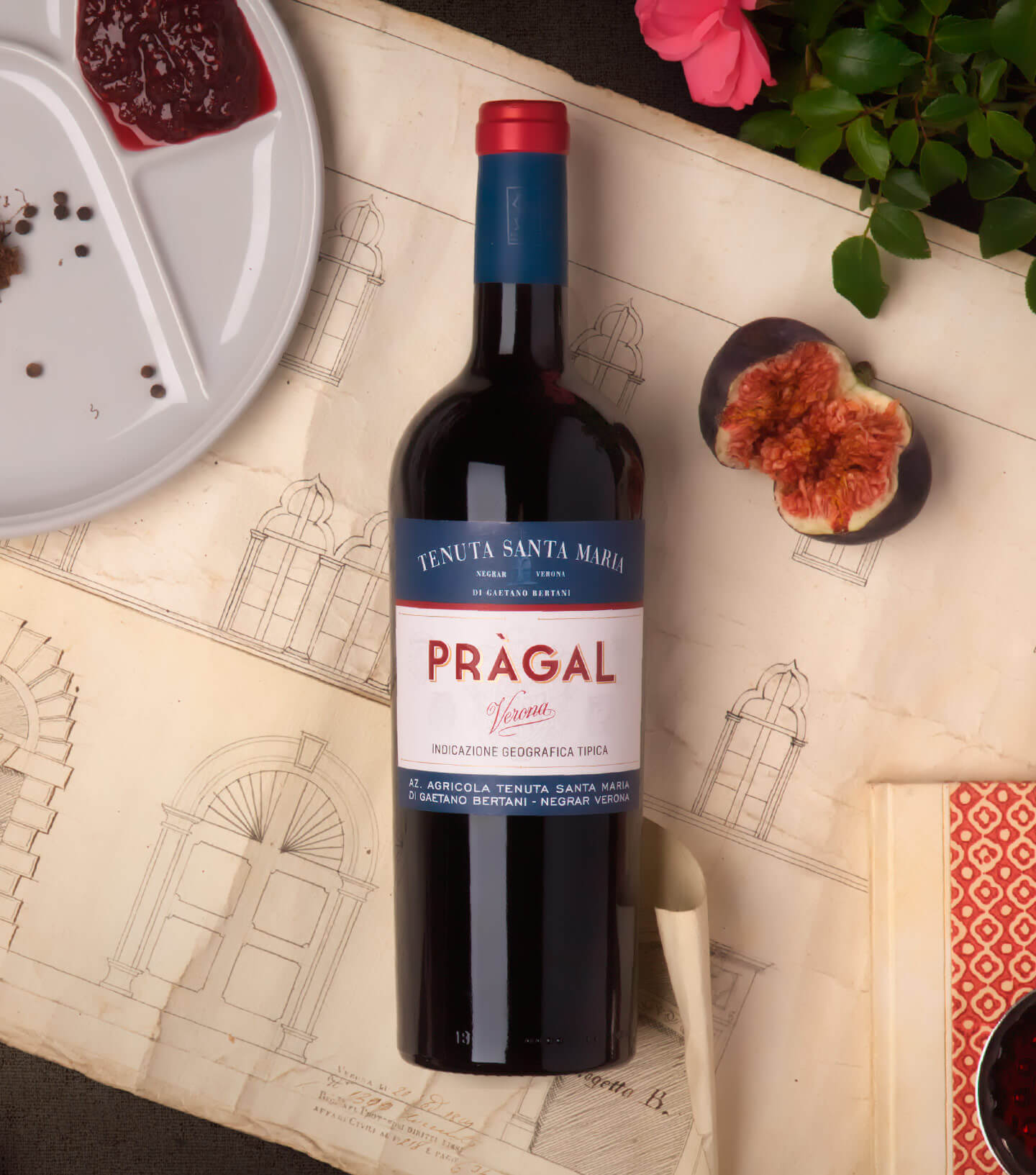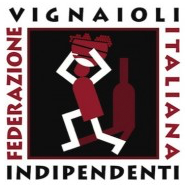This elegant and complex Valpolicella continues the family tradition of the Ripasso method, used since the 1850s. The style is a consistent expression of the indigenous Corvina, Rondinella and Corvinone grapes and terroir of the area. The Ripasso method is delicately achieved conducting a secondary extended maceration and fermentation over the Amarone grape skins, giving the wine higher complexity, bolder and softer body, and intense color. It is then aged for two years in big oak barrels.
With notes reminiscent of the Amarone, the wine is a vivid ruby red color. At the nose, intense hints of cherry, blueberry, licorice and lingering accents of cinnamon and pepper. At the palate, soft and warm structured velvet tannins and a very balanced acidity. Long finish with fruity sensations.
APPELLATION
Valpolicella Ripasso Classico
Denominazione di Origine Controllata
VARIETAL COMPOSITION
Corvina 75% | Corvinone 15% | Rondinella 10%
SOIL COMPOSITION
Negrar di Valpolicella Valley. Colluvial soil, made up of mostly limestone with subtracts of clay. Upper vineyards are terraced with a south-east exposure. Altitude: 120-220 m.
HARVEST PERIOD
End of September
VINE TRAINING
Guyot – 5600 vines/ha
Alcohol
Content
Serving
Temperature
Pairings
Starters with game, and intense-flavored meat sauce. Savory quiches, spinach, chard. Red meat.
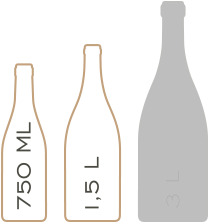
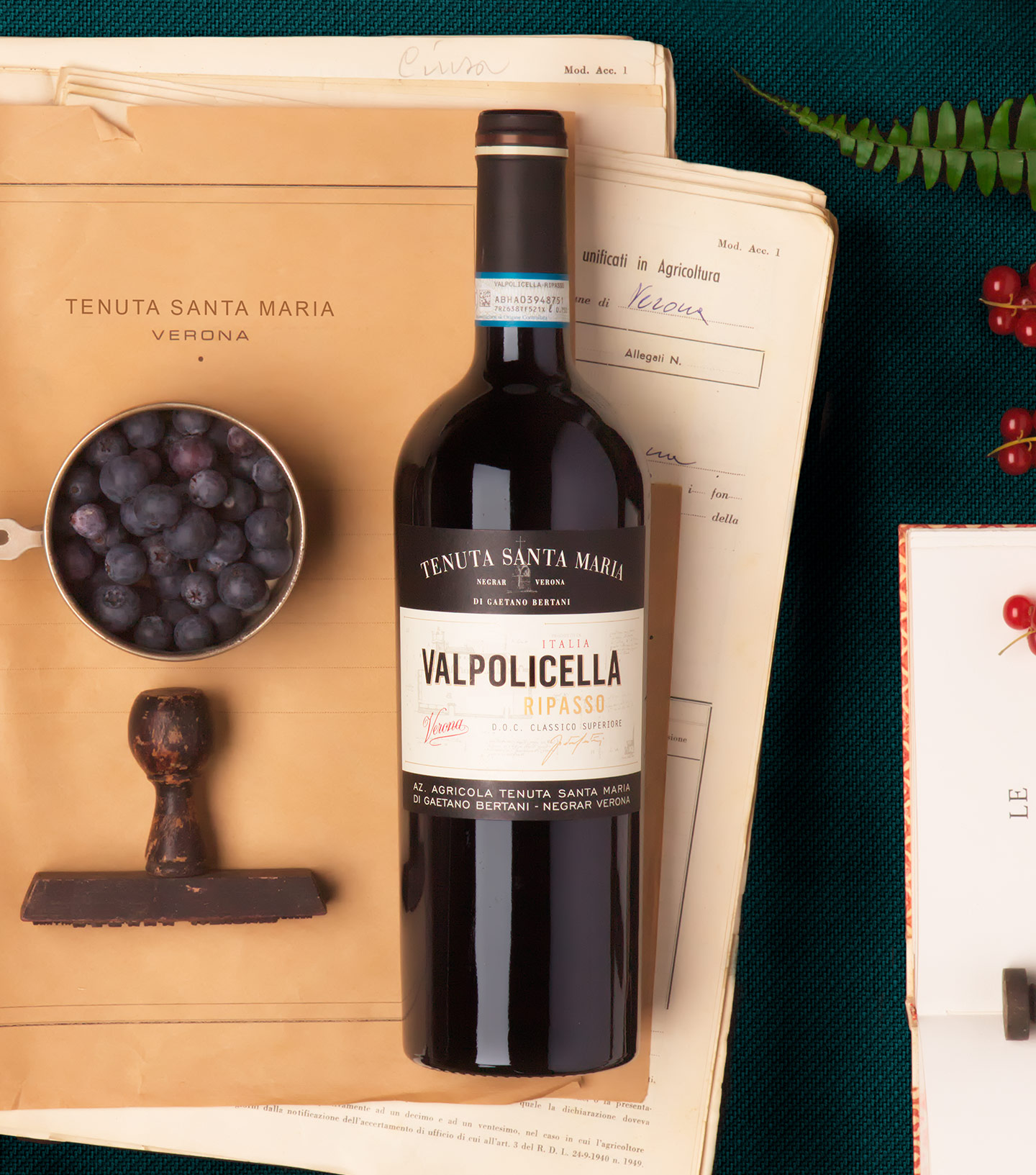
Valpolicella Ripasso Classico
This elegant and complex Valpolicella continues the family tradition of the Ripasso method, used since the 1850s. The style is a consistent expression of the indigenous Corvina, Rondinella and Corvinone grapes and terroir of the area. The Ripasso method is delicately achieved conducting a secondary extended maceration and fermentation over the Amarone grape skins, giving the wine higher complexity, bolder and softer body, and intense color. It is then aged for two years in big oak barrels.
With notes reminiscent of the Amarone, the wine is a vivid ruby red color. At the nose, intense hints of cherry, blueberry, licorice and lingering accents of cinnamon and pepper. At the palate, soft and warm structured velvet tannins and a very balanced acidity. Long finish with fruity sensations.
This elegant and complex Valpolicella continues the family tradition of the Ripasso method, used since the 1850s. The style is a consistent expression of the indigenous Corvina, Rondinella and Corvinone grapes and terroir of the area. The Ripasso method is delicately achieved conducting a secondary extended maceration and fermentation over the Amarone grape skins, giving the wine higher complexity, bolder and softer body, and intense color. It is then aged for two years in big oak barrels.
With notes reminiscent of the Amarone, the wine is a vivid ruby red color. At the nose, intense hints of cherry, blueberry, licorice and lingering accents of cinnamon and pepper. At the palate, soft and warm structured velvet tannins and a very balanced acidity. Long finish with fruity sensations.
APPELLATION
Valpolicella Ripasso Classico
Denominazione di Origine Controllata
VARIETAL COMPOSITION
Corvina 75% | Corvinone 15% | Rondinella 10%
SOIL COMPOSITION
Negrar di Valpolicella Valley. Colluvial soil, made up of mostly limestone with subtracts of clay. Upper vineyards are terraced with a south-east exposure. Altitude: 120-220 m.
HARVEST PERIOD
End of September
VINE TRAINING
Guyot – 5600 vines/ha
Alcohol
Content
Serving
Temperature
Pairings
Starters with game, and intense-flavored meat sauce. Savory quiches, spinach, chard. Red meat.

Alcohol
Content
Serving
Temperature
Pairings
Starters with game, and intense-flavored meat sauce. Savory quiches, spinach, chard. Red meat.

 |
 |
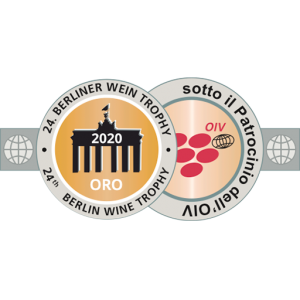 |
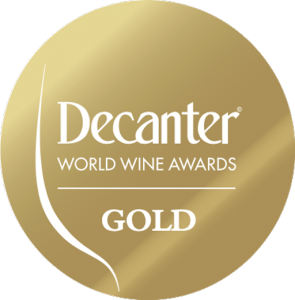 |
 |
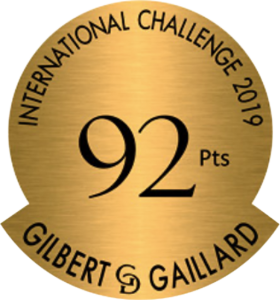 |
 |
 |
 |
 |
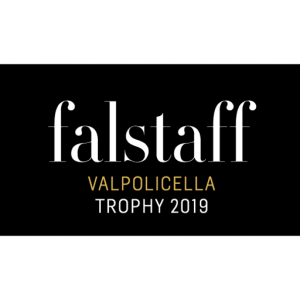 |
||||||||||
| Gold | 86pti | Pro | 96pti | 91pti | 92pti | Rosso | 88pti | 98pti | Gold | 93pti |
 |
 |
 |
 |
 |
 |
|||||
| Gold | 86pti | Pro | 96pti | 91pti | 92pti |
 |
 |
 |
 |
 |
||||
| Rosso | 88pti | 98pti | Gold | 93pti |
Tech Sheet and Brochure – PDF
Valpolicella Ripasso - EN (1.13 MB)
PDF Brochure - EN (4.93 MB)


